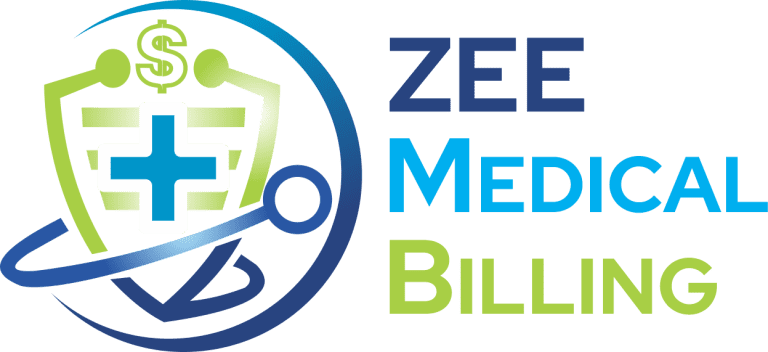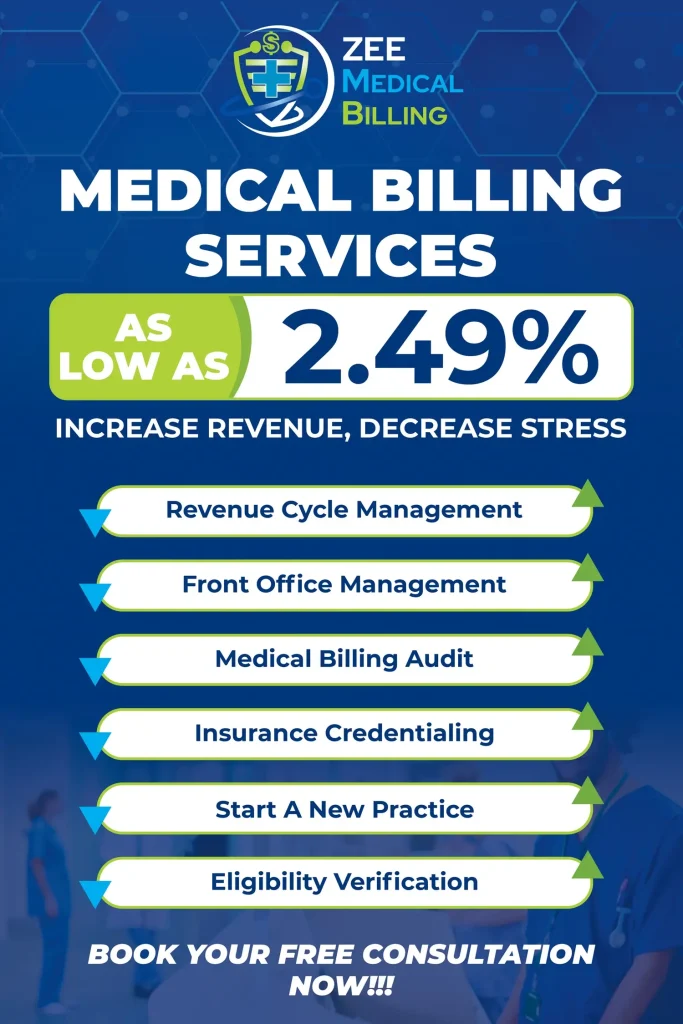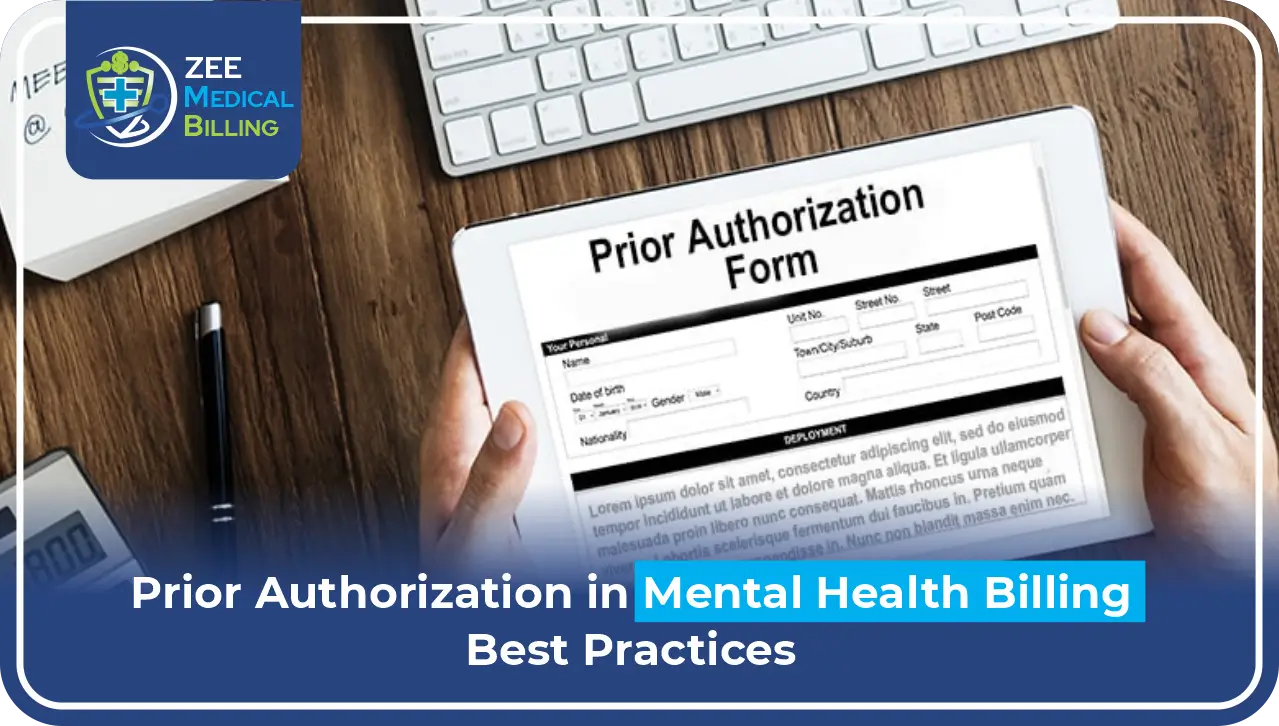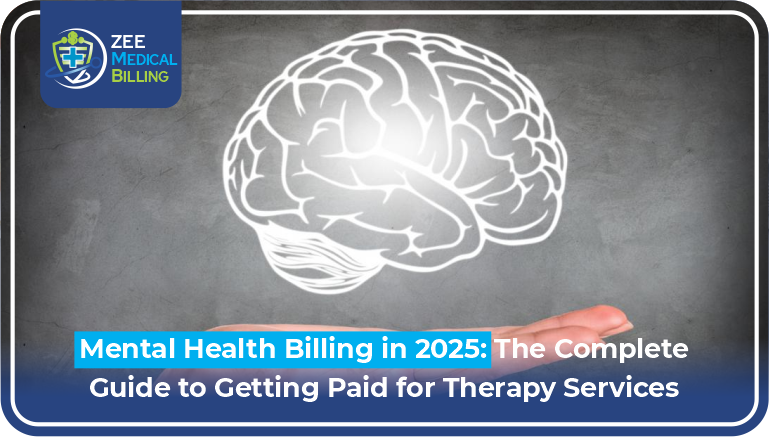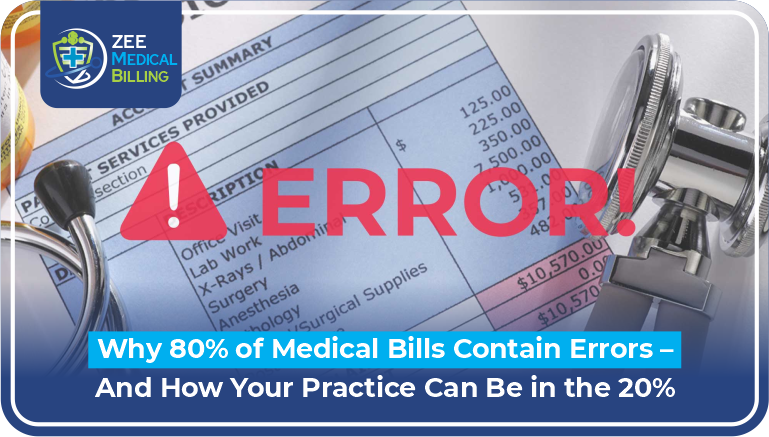In the complex world of healthcare reimbursement, understanding key documents like ERA and EOB is essential. If you work in medical billing, healthcare, or are a patient, you should understand the difference between EOB and ERA. People often use these terms interchangeably, but they serve different purposes in medical billing.
In this blog post, we will explain what each term means. We will also show how they work. Knowing the difference between ERA and EOB in medical billing can help you manage payments better.
What is an ERA in Medical Billing?
ERA stands for Electronic Remittance Advice. A digital version of the traditional Explanation of Benefits (EOB) provided by insurance companies exists. A healthcare provider receives an ERA in medical billing electronically. It includes details about payment, claim status, adjustments, and denials.
ERA Full Form in Medical Billing
The ERA full form in medical billing is Electronic Remittance Advice. This document standardizes and follows specific formats like the HIPAA-compliant 835 transaction.
Read More: Understanding Your EOB and What It Means for You
ERA Abbreviation Medical
In short, ERA is an abbreviation used to indicate digital remittance data. In billing software or claim processing systems, you may often see ERA medical billing used to describe this feature.
What is an EOB in Medical Billing?
EOB stands for Explanation of Benefits. This is a document sent by a health insurance company. It can be a paper or PDF statement.
The statement is sent to the policyholder after they receive a medical service. The EOB outlines:
- Services provided
- Amount billed
- Approved insurance amount
- Patient’s responsibility (copay, deductible, coinsurance)
- Any claim denials or adjustments
Unlike ERAs, EOBs are for informational purposes and are not used for payment transactions.
Difference Between EOB and ERA
Let’s clarify the difference between EOB and ERA with a simple comparison:
| Feature | EOB (Explanation of Benefits) | ERA (Electronic Remittance Advice) |
| Format | Paper or PDF | Digital (Electronic) |
| Recipient | Patient | Healthcare provider or billing team |
| Purpose | Inform patient of claim results | Automate posting of insurance payments |
| Used for Payment? | No | Yes |
| Speed | Slower (mail or email) | Faster (direct transmission) |
| System Integration | Not integrated | Integrated with billing software |
Why Are ERAs Important in Medical Billing?
Understanding what ERA in medical billing? It’s a key for anyone handling healthcare reimbursements. ERAs allow practices to:
- Receive payments faster
- Identify claim denials quickly
- Automatically post payments into billing systems
- Reduce human errors
- Save time on manual data entry
In short, ERA healthcare systems streamline and automate the reimbursement process.
ERA Billing Meaning
In this context, ERA billing meaning refers to the use of digital remittance files for processing insurance claims. Practice management software processes these files and reduces the administrative burden on billing staff.
How Does an ERA Work?
Here’s a simplified version of how an ERA (Electronic Remittance Advice) works in a real medical billing scenario:
- A provider submits a claim to the insurance company.
- The insurance processes the claim.
- The insurer sends back an ERA file.
- This file includes payment amounts, adjustments, or denials.
- The provider’s billing software reads the file and automatically updates patient accounts.
By contrast, the system would mail an EOB to the patient for their review and would not use it for payment processing.
Read More: How to Appeal a Denied Insurance Claim Successfully
ERA Healthcare Meaning in Modern Practices
ERA healthcare meaning extends beyond billing—it reflects the trend toward digitizing all aspects of healthcare operations. From digital records to automated payments, ERA is now focuses on system efficiency and improving workflows.
Using electronic remittance advice helps practices modernize and scale without adding more administrative burden.
Key Benefits of Using ERAs
- Faster payment processing
- Fewer errors from manual posting
- Immediate visibility into claim statuses
- Easier reconciliation of accounts
- Better tracking of denied claims
This is why it is important to know ERA means in medical billing. This knowledge helps healthcare providers improve their revenue cycle management.
FAQs
1. What does ERA stand for in medical billing?
ERA stands for Electronic Remittance Advice. A digital document provides detailed information about insurance payments.
2. What is the difference between ERA and EOB in medical billing?
EOB is a paper document for patients explaining claim decisions. ERA is a digital file for providers used for processing payments and claim status updates.
3. Can patients receive ERAs?
No, providers or billing teams only receive ERAs. Patients receive EOBs.
4. Is ERA mandatory for all providers?
While not legally mandatory, most insurance companies and clearinghouses prefer electronic remittance. Many people widely adopt it due to its speed and efficiency.
5. How can I enable ERA in my practice?
You need to sign up with your insurance payers. Make sure your billing software or clearinghouse can handle ERA file formats like ANSI 835.
Conclusion
Knowing the ERA and EOB difference in medical billing is more than just understanding two acronyms. You should recognize how technology and systems shape your healthcare practice or experience.
The EOB tells patients what their insurance covers. The ERA enables providers to receive payments quickly and maintain updated finances.
If you work in healthcare, own a practice, or are a curious patient, it’s good to know what an ERA is.
An ERA is important in medical billing. Understanding it can be helpful for you. It makes a complex process easier to understand.
By using ERA electronic remittance advice, providers can save time and reduce errors. This also helps improve financial performance. Overall, it makes the healthcare experience better for everyone.
Ready to simplify your billing process? Consider integrating ERA healthcare systems in your practice today.
